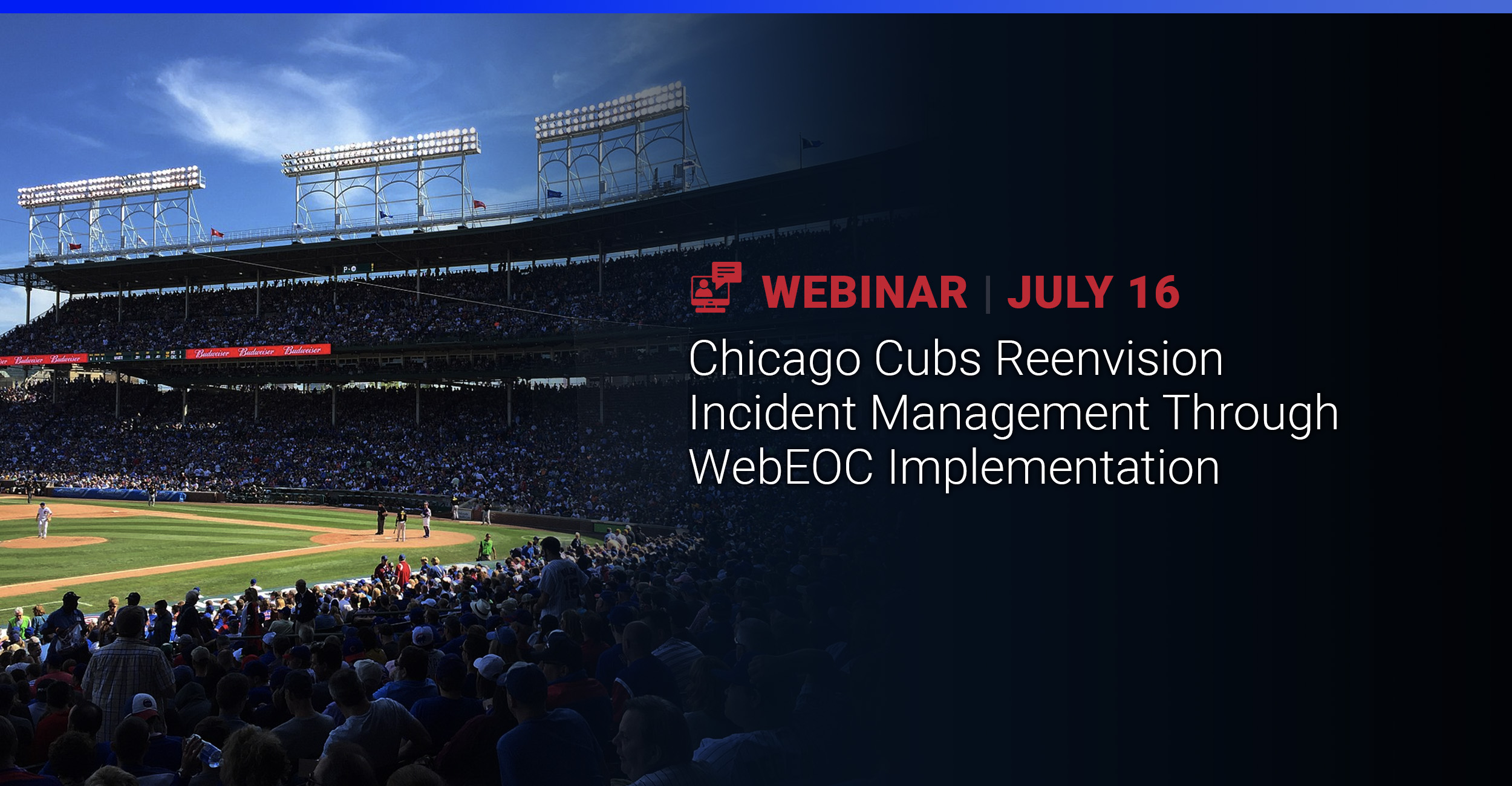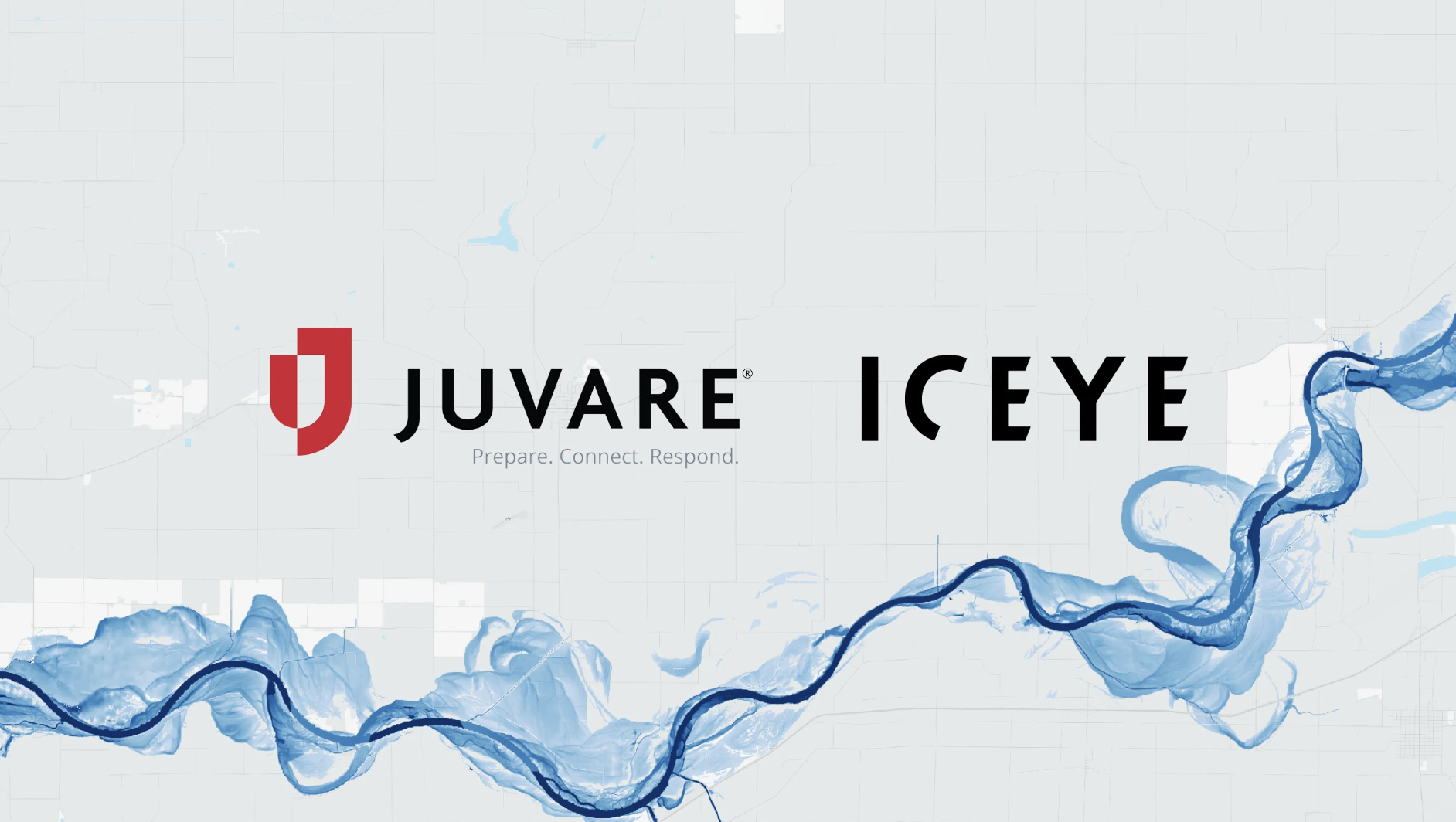It’s not difficult to find agreement among business leaders about the necessity to be prepared for unexpected emergencies, critical incidents, and disasters. Most can agree on preparedness as the destination, but then have varying opinions about how to get there.
At many businesses, it’s difficult to shake the old “this is the way we’ve always done it” mentality. But times change and the route you’ve always taken might not be the fastest, smoothest, or most direct course anymore. You need a better road map, and not the old crumpled filling-station paper map under your car seat. There’s new and better technology to get you there.
Similarly, many businesses are still using outdated emergency management processes – from pen and paper and phone trees to cumbersome spreadsheets and email lists. Some are using more up-to-date processes but find those systems still lack many of the tools and capabilities that would make their emergency management more efficient and effective.
Emergency management technology is a solid investment for businesses, but with constant competition for budget dollars, how do you make the case for an upgrade? Companies need to consider cost effectiveness when making an expenditure for new technology.
Fortunately, emergency management platforms offer a significant return on investment. How? In our latest white paper, we outline 5 considerations, including return on investment, to help you make your case for a comprehensive emergency management platform.
So, what are some of the ways emergency management platforms help companies?

- Protecting health and safety – A company must always prioritize protecting people – including employees, customers, and business partners – during a crisis or critical incident. Protecting a company’s human capital is essential, especially in light of the COVID-19 threat and the continually rising number of weather-related disasters as well as instances of workplace violence and terrorism threats.
- Minimizing disruption of operations – Natural and human-caused disasters can cause disruptions to regular business operations, cause interruption of supply chains, and damage a company’s brand reputation – all leading to financial damages. A study by research firm Gartner found that operational disruptions can cost as much as $350,000 an hour.
- Mitigating damage to property, infrastructure, and IT systems – Disasters can cause severe damage to equipment, infrastructure, and facilities. Critical incident platforms help businesses mitigate and decrease the cost associated with property damage. Cyberattacks and other infrastructure failures can lead to IT system outages, also resulting in costly downtime and damage to brand reputation. In fact, an IBM/Forbes study found that 46% of organizations say they suffered damage to their reputation and brand value as a result of a cybersecurity breach.
In a recent study by research company Forrester, 96% of businesses they surveyed had experienced more than four critical incidents in a two-year span, including a wide variety of critical incidents such as theft of physical/intellectual property, IT failure, cyber-attack, utility outages, executive protection threats, brand reputation threats, supply chain disruptions, acts of terrorism, and active shooter situations.
It has been proven that the faster and more effectively a company responds to a crisis, the less costly it will be. An effective emergency management platform gives companies the tools they need for situational awareness, tracking and monitoring, communication, and collaboration so they are better prepared, and able to respond faster and more decisively to any situation.
As you consider your journey to better emergency preparedness and response, we want to help you create the roadmap you’ll use to make a solid and persuasive case for the best critical incident technology available to protect your people, property, and brand.
To get started, download our white paper, “What’s Your Plan: Making the Business Case for Emergency Management Technology for your Company.”

















